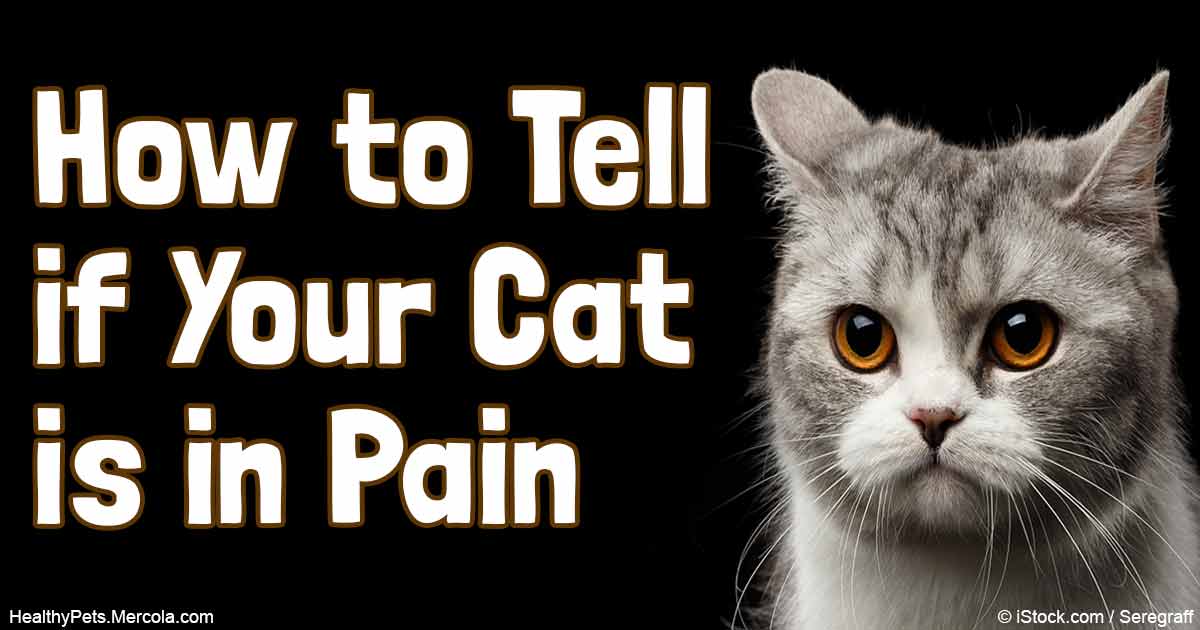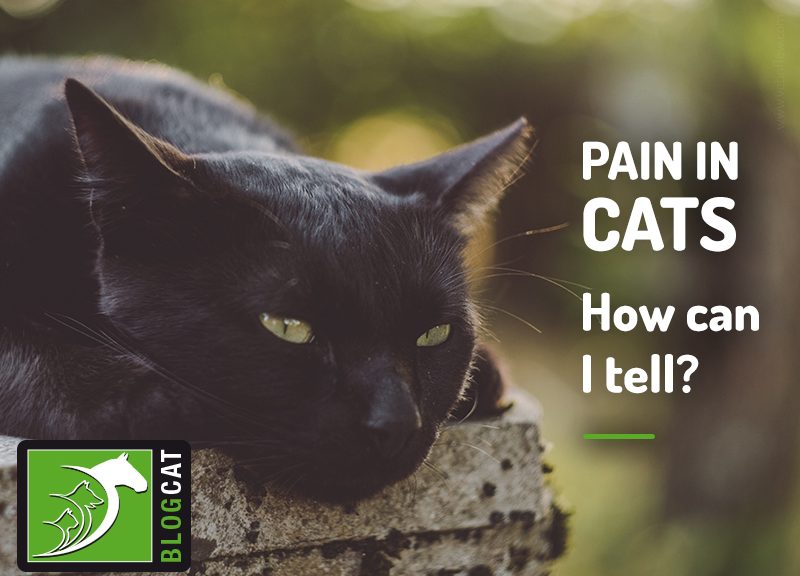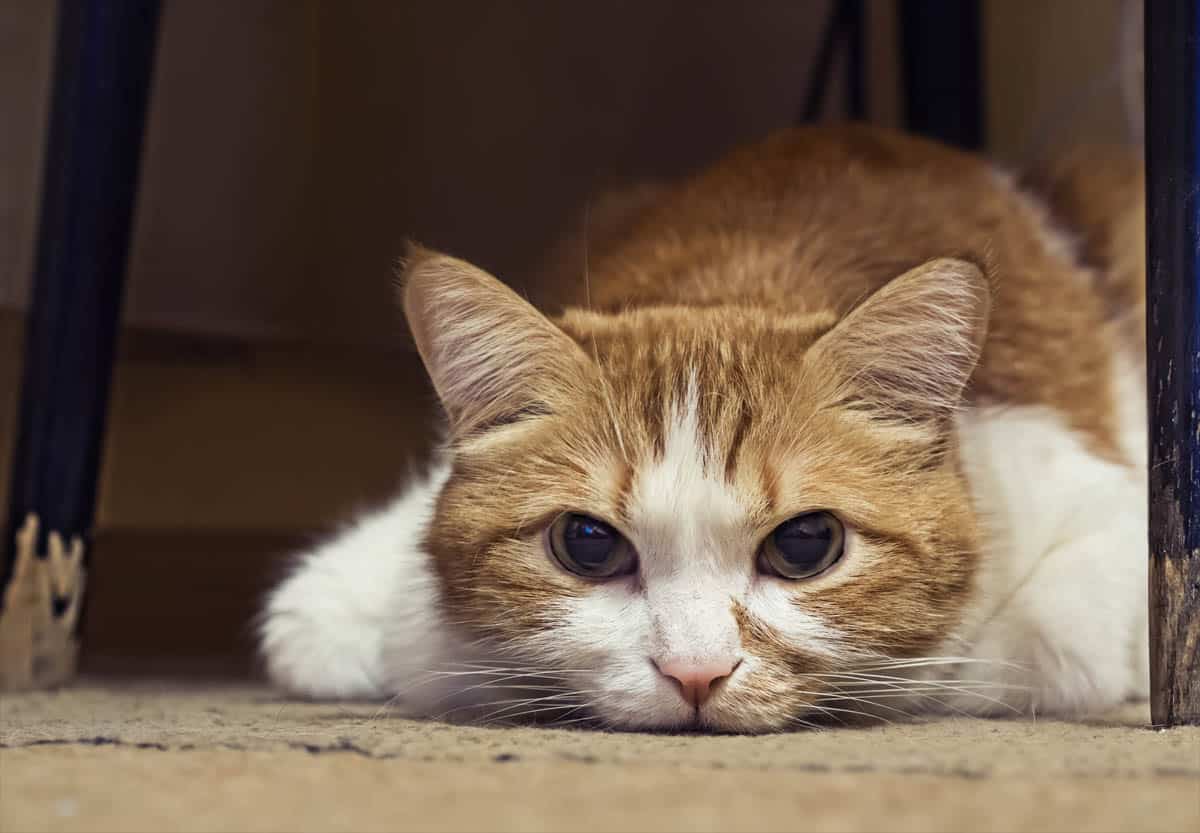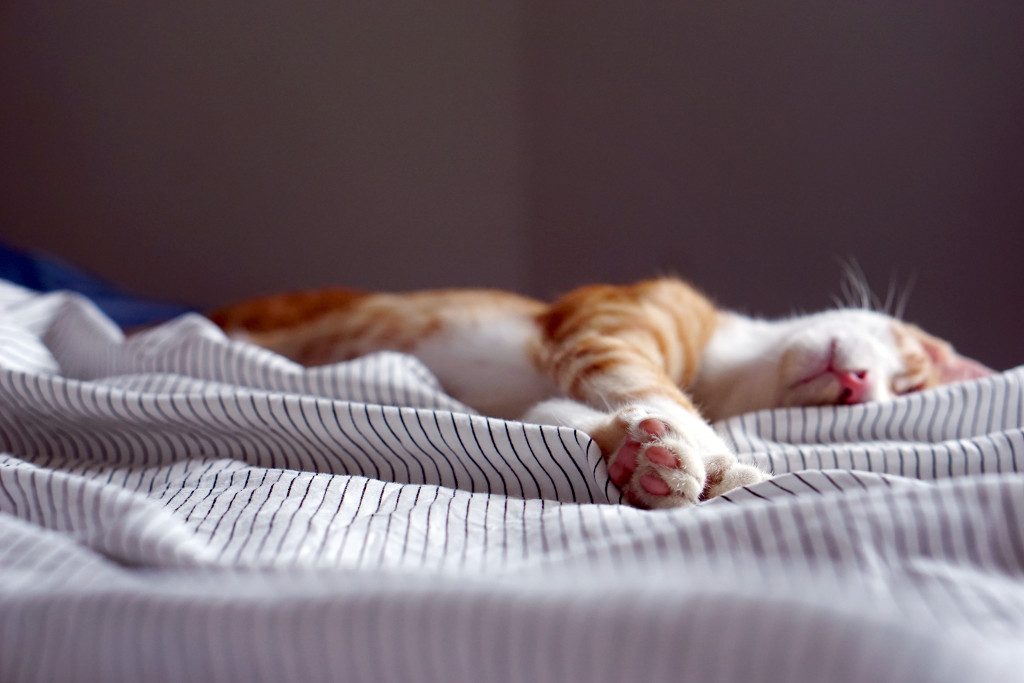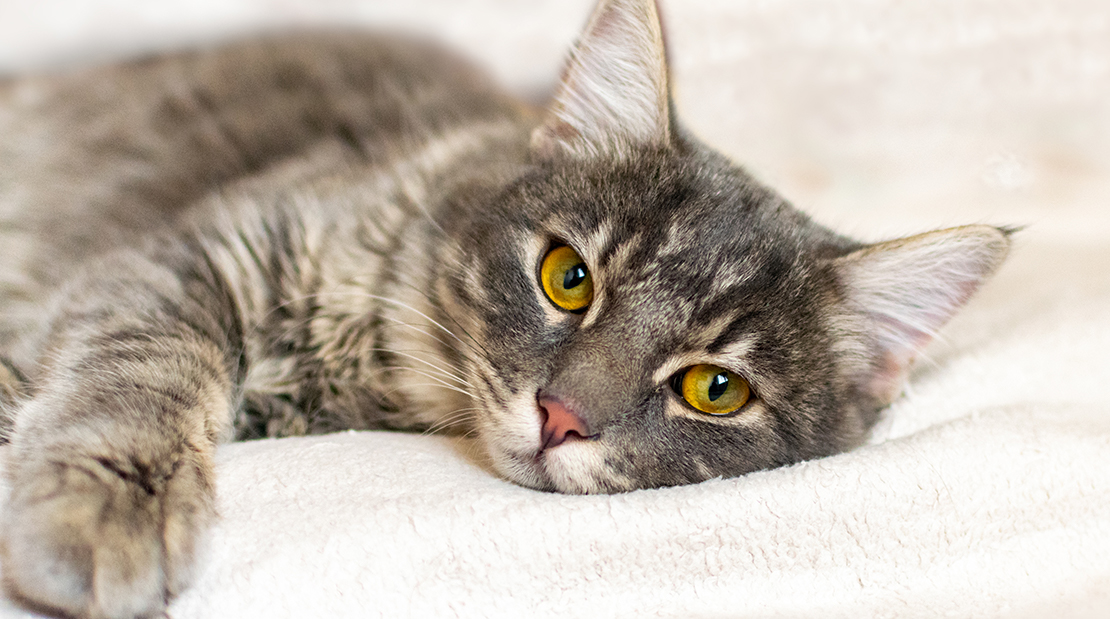Inspirating Info About How To Tell If My Cat Is In Pain

The 7 signs your cat is in pain.
How to tell if my cat is in pain. To determine if your cat is in pain, look for these key signs: Becoming less tolerant of people. Agitation (unsettled, trembling) cat crying, growling, hissing.
Signs of pain include any of the following: Learn the common signs that a cat is in pain, including behavioral and personality changes. So if your cat is usually friendly and then becomes.
Signs that your cat is in pain include: Ear infection, skin infection, urinary tract infection. Early indicators of pain in cats are behavioral changes.
The 8 signs that your cat is experiencing pain. Scientists have a new grimace scale that might help. Stomach and/or intestinal upset (gastritis, gastroenteritis, foreign body, toxin) some cancers or.
The 12 most common signs of pain can include obvious injury, lethargy, and change in appetite. Avoids being petted or handled or. Facial expression signs of a cat in pain.
Some cats may show an obvious change in their facial expression when in pain, while with others it may be more subtle. If your cat is typically social and. Sleeping more than usual, or slowing down.
Changes in behavior and routine can be more subtle signs that your cat is uncomfortable so it’s worth. Signs of cat pain often include subtle changes in habits and behavior. Cats who are in pain are more likely to be irritable and may even lash out at their humans.
You may even notice a change in the. Cats might limp to indicate pain in a limb, strain to urinate when there’s trouble with the urinary tract, or stare at the food dish when their mouths hurt. Unusual body postures and facial expressions, such as large pupils, flattened ears or a hunched back, can also be indicators of pain in cats.
All cats have a unique attitude and personality. There are many treatments for cat pain from medication to environmental adaptations. A cat in pain may breathe faster or shallower when experiencing pain.
Written by lauren smith, ma | reviewed by mera goodman, md,. Purring, seeking solitude, lethargy, decreased interaction, limping, dribbling, crying, hunched appearance,. Cats can suffer from acute and chronic pain, both of which can be extremely unpleasant for your cat.
